Publicaciones Similares
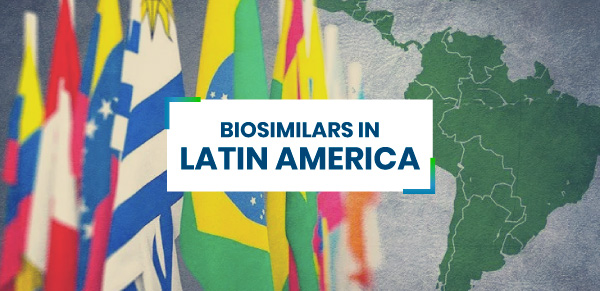
Biosimilars in Latin America
The regulations for biosimilars vary
considerably from one country to
another, but in general the trend is an
increase in the regulatory standards for their health registration.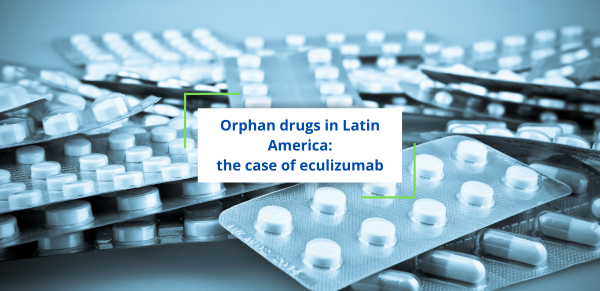
Orphan drugs in Latin America: the case of eculizumab for the treatment of paroxysmal nocturnal hemoglobinuria and atypical hemolytic uremic syndrome
Eculizumab It has been used in the treatment of orphan diseases, such as paroxysmal nocturnal hemoglobinuria (PNH), atypical hemolytic uremic syndrome (aHUS), neuromyelitis optica spectrum disorder (NMOSD) and myasthenia gravis
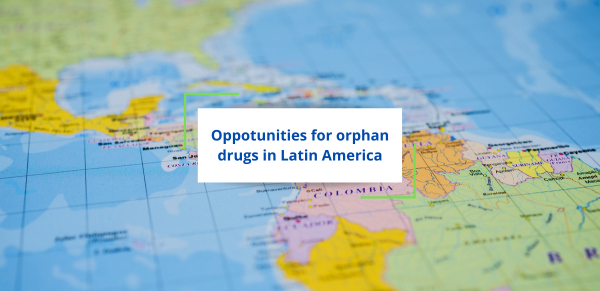
Oppotunities for orphan drugs in Latin America
There are ample opportunities for the entry of orphan drugs into the region. The size of the Latin American orphan drug market was USD 14.17 billion in 2021 and it is estimated that it will increase by 7.38% by 2026. Based on the type of drug, the biological sector dominates the orphan drug market for Latin America
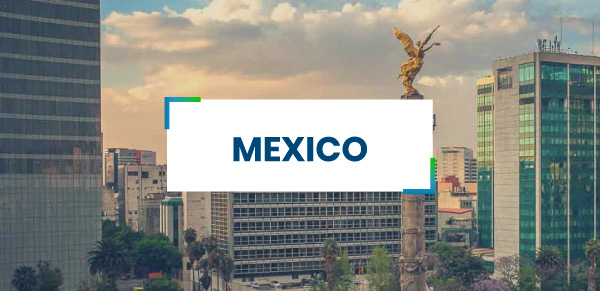
Mexican Health System
To establish state policies so that the
population has the right to health protection.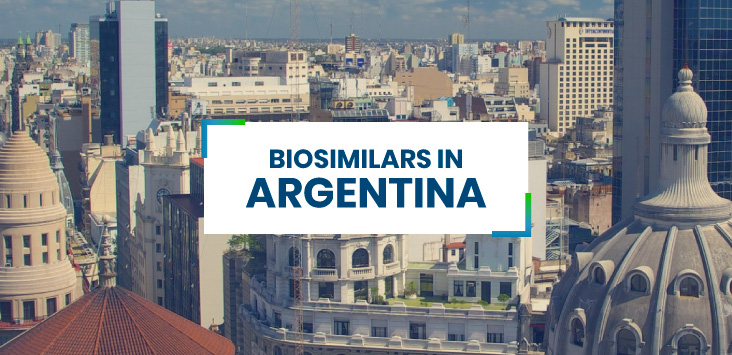
Biosimilars in Argentina
The country is currently an important producer of biopharmaceuticals, and for this reason, there are incentivization policies for the development of biosimilars…
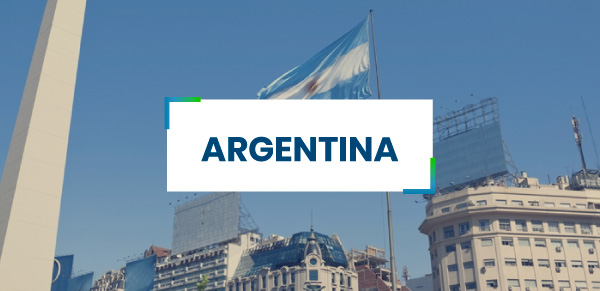
Health System in Argentina
To ensure compliance with area policies for the promotion, preservation, and recovery of the population’s health, strengthening the balance between users, providers, and financiers, in conditions of free
competition, transparency, economic efficiency, and social equity.
